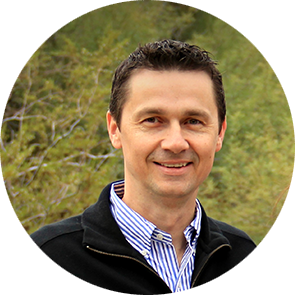Albina Hipp’s reflection on anti-racist practice at Åbo Akademi University offers a powerful image: anti-racist work is like a sycamore tree. It begins as a fragile vine, rooting itself little by little, until it entwines and eventually overtakes the host tree. In this metaphor, the “host tree” is racism – deeply rooted in institutions, culture, and daily interactions – while the sycamore represents humanity’s collective struggle for justice.
No Single Right Way
One of Hipp’s central arguments is that there is no single “right” or prescriptive way to do anti-racist work. Instead, what matters most are our values, intentions, and willingness to act. Whether by speaking up against bias, documenting injustices, supporting victims, or raising awareness, every act of resistance contributes to dismantling racism.
Racism as a Social Construct
Hipp emphasizes that racism is not natural, but a socially constructed system of power. It defines who is “fully human,” who is entitled to rights, and who is excluded from resources such as education, housing, security, or the ability to move freely. Because race and racism are learned through socialization, they can also be unlearned through conscious, collective effort.
From Microaggressions to Institutions
Racism often begins in subtle forms: microaggressions, bullying, exclusion. Over time, when normalized, these behaviors harden into institutional practices – discriminatory laws, policies, and systemic violence. Historical examples like apartheid in South Africa or Jim Crow laws in the U.S. demonstrate how everyday prejudice, when embedded in governance and education, becomes a machinery of oppression.
Relearning and Reimagining
To counter this, Hipp calls for liberative education – teaching and learning that emphasize equity, inclusion, and collective consciousness. This requires not only policy change but also cultural transformation: reshaping how societies define belonging, humanity, and justice.
The Sycamore Tree of Humanity
The sycamore metaphor reminds us that anti-racist work is collective. Each action – no matter how small – acts like a root, strengthening others until racism itself is choked out. The end goal is not just the absence of racism but the flourishing of a resilient, inclusive humanity.
Key Takeaway
There is no universal blueprint for anti-racist work. What matters is to start from where you are, use your capacity, and join with others in growing the sycamore of justice.
